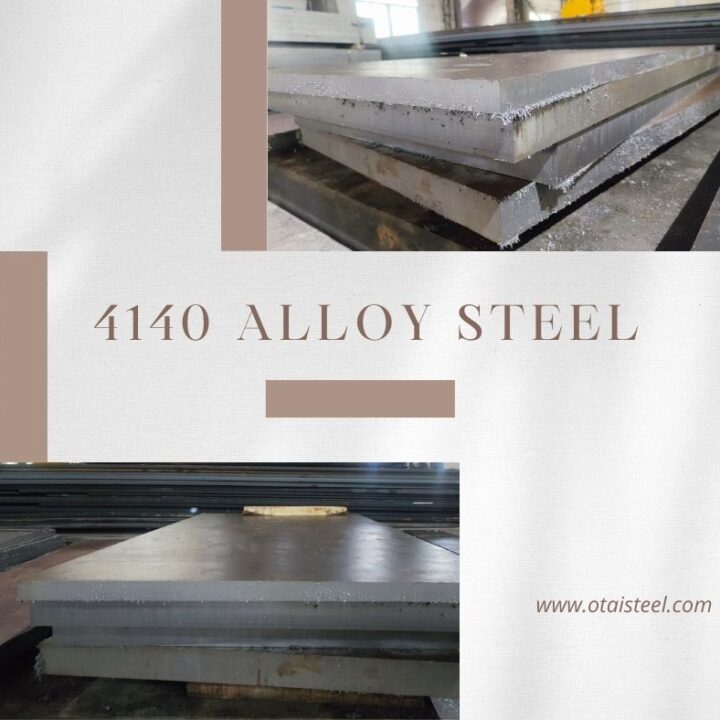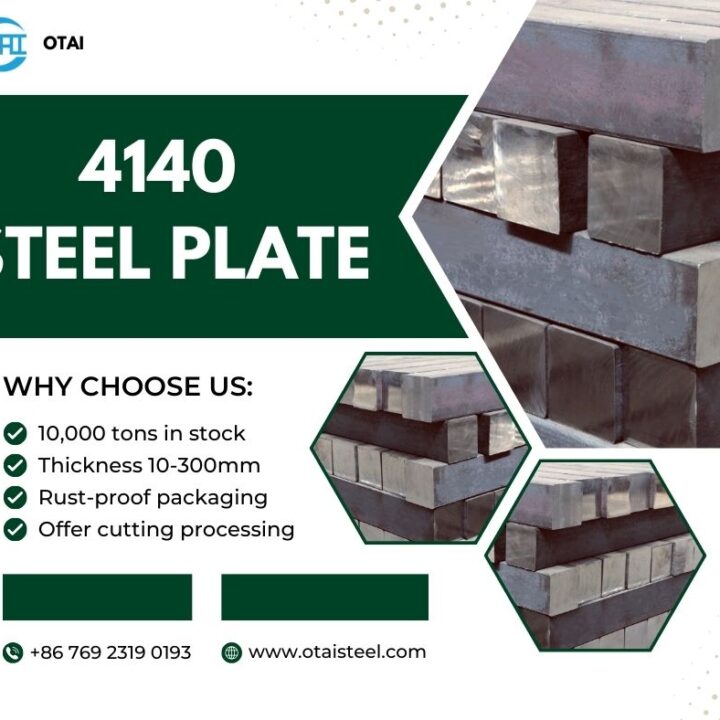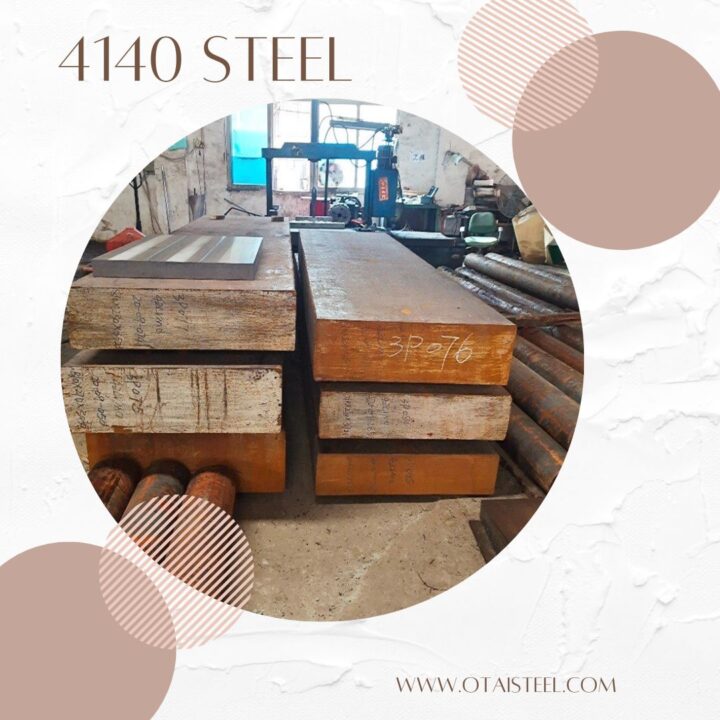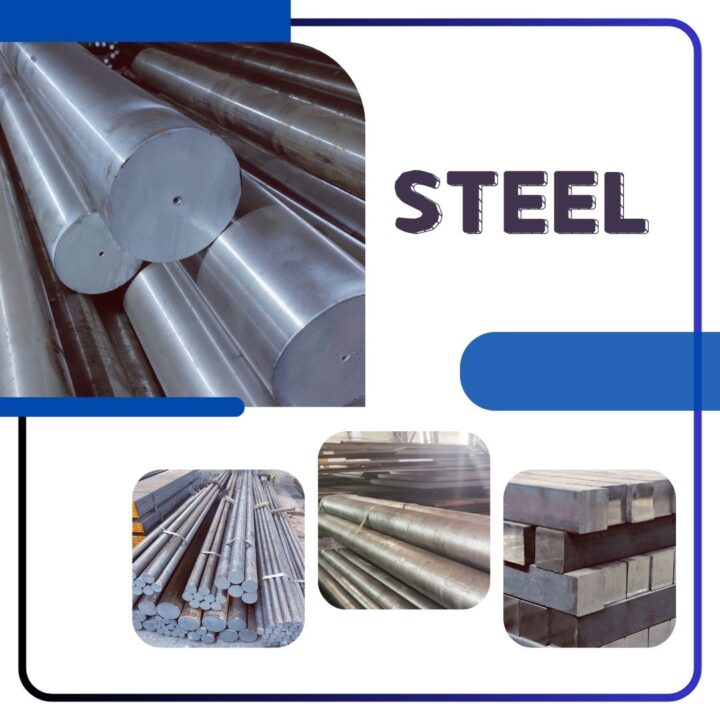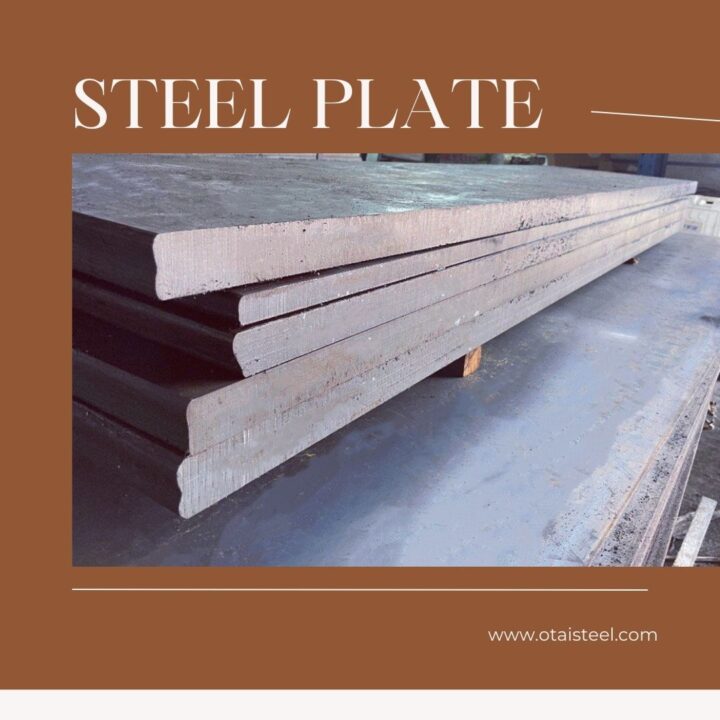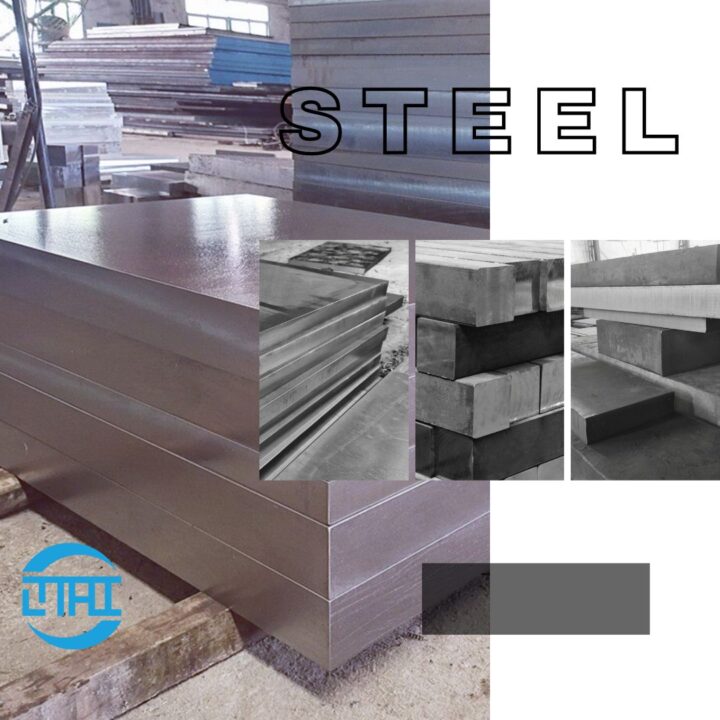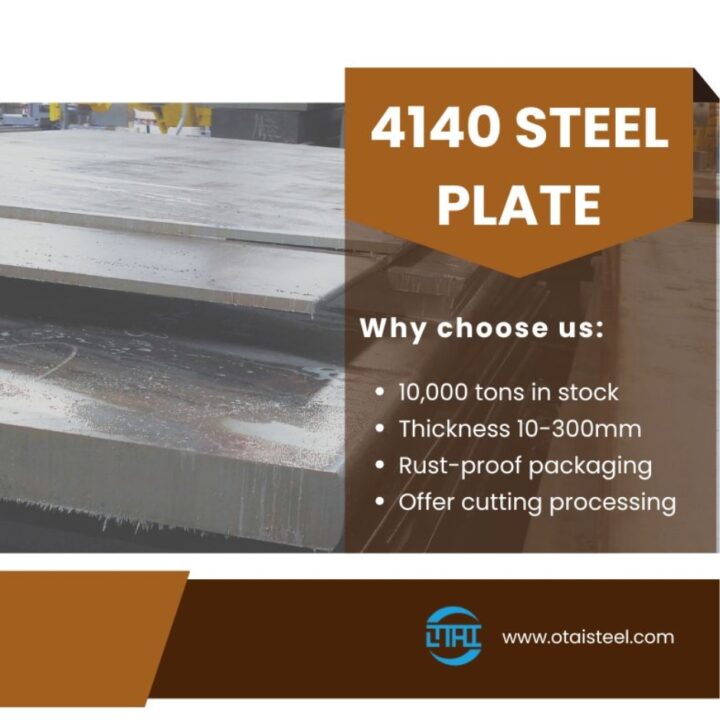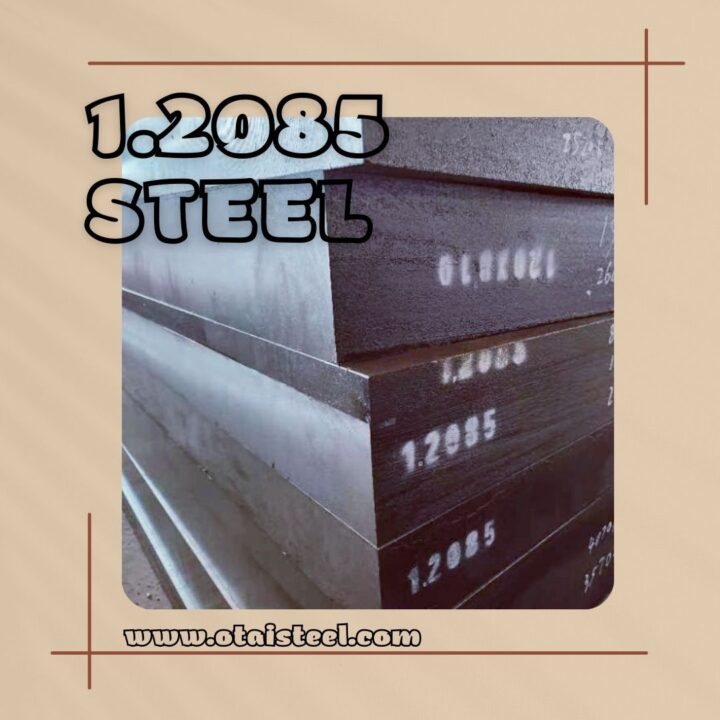34CrNiMo6 is a heat-treatable, low-alloy steel that falls under the category of engineering steels. It is known for its high strength, toughness, and wear resistance, making it suitable for various applications, including construction materials. Let’s explore the evolution and characteristics of 34CrNiMo6 steel in the context of construction materials:
Composition and Properties:
- Chemical Composition:
- 34CrNiMo6 steel typically contains chromium, nickel, molybdenum, and other alloying elements.
- The alloying elements contribute to the steel’s hardenability, strength, and toughness.
- Heat Treatment:
- The steel undergoes heat treatment processes such as quenching and tempering to achieve the desired mechanical properties.
- Quenching is a rapid cooling process that hardens the steel, while tempering imparts toughness and reduces brittleness.
- Mechanical Properties:
- High tensile strength, making it suitable for applications where strength is crucial.
- Good toughness and impact resistance, essential for withstanding dynamic loads often encountered in construction.
Applications in Construction Materials:
- Gearing and Transmission Components:
- 34CrNiMo6 is often used in the production of gears, shafts, and other transmission components due to its excellent wear resistance and fatigue strength.
- Heavy-Duty Construction Equipment:
- Construction machinery and equipment subjected to heavy loads and harsh conditions benefit from the high strength and durability of 34CrNiMo6 steel.
- Structural Components:
- In structural engineering, this steel can be employed for critical components that require a combination of strength and toughness, such as crane hooks and other load-bearing elements.
Evolution over Time:
- Advancements in Steelmaking:
- Continuous improvements in steelmaking processes have enhanced the overall quality and consistency of 34CrNiMo6 steel.
- Advanced metallurgical techniques contribute to better control over the alloy’s microstructure and properties.
- Research and Development:
- Ongoing research aims to optimize the alloy composition and heat treatment processes for specific applications, resulting in improved performance and cost-effectiveness.
- Incorporation of Technology:
- The integration of advanced technologies, such as computer-aided design (CAD) and simulation, allows for more precise engineering and application of 34CrNiMo6 in construction materials.
- Standards and Specifications:
- The evolution of industry standards and specifications ensures that 34CrNiMo6 steel meets or exceeds the requirements for safety and performance in construction applications.
Challenges and Future Trends:
- Environmental Considerations:
- The industry is likely to focus on more sustainable practices and materials, driving research into environmentally friendly alternatives or processes for producing 34CrNiMo6 steel.
- Digitalization and Smart Construction:
- The integration of digital technologies in construction may lead to new demands for materials with specific properties, influencing the development of 34CrNiMo6 and other engineering steels.
- Customization and Tailoring:
- Increasing demand for tailor-made materials with specific properties for unique construction projects may drive advancements in the customization of 34CrNiMo6 steel.
The evolution of 34CrNiMo6 steel in construction materials involves a continuous process of improvement driven by advancements in steelmaking, research and development, technological integration, and evolving industry needs. The steel’s characteristics make it a valuable choice for demanding applications in construction, and ongoing efforts are likely to further enhance its performance and sustainability.
